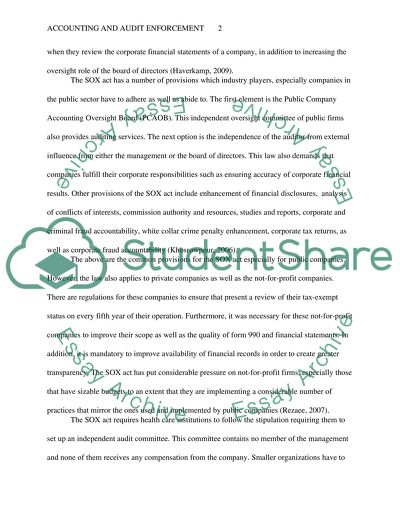Cite this document
(“Accounting and Audit Enforcement Research Paper”, n.d.)
Accounting and Audit Enforcement Research Paper. Retrieved from https://studentshare.org/finance-accounting/1493512-accounting-and-audit-enforcement
Accounting and Audit Enforcement Research Paper. Retrieved from https://studentshare.org/finance-accounting/1493512-accounting-and-audit-enforcement
(Accounting and Audit Enforcement Research Paper)
Accounting and Audit Enforcement Research Paper. https://studentshare.org/finance-accounting/1493512-accounting-and-audit-enforcement.
Accounting and Audit Enforcement Research Paper. https://studentshare.org/finance-accounting/1493512-accounting-and-audit-enforcement.
“Accounting and Audit Enforcement Research Paper”, n.d. https://studentshare.org/finance-accounting/1493512-accounting-and-audit-enforcement.


